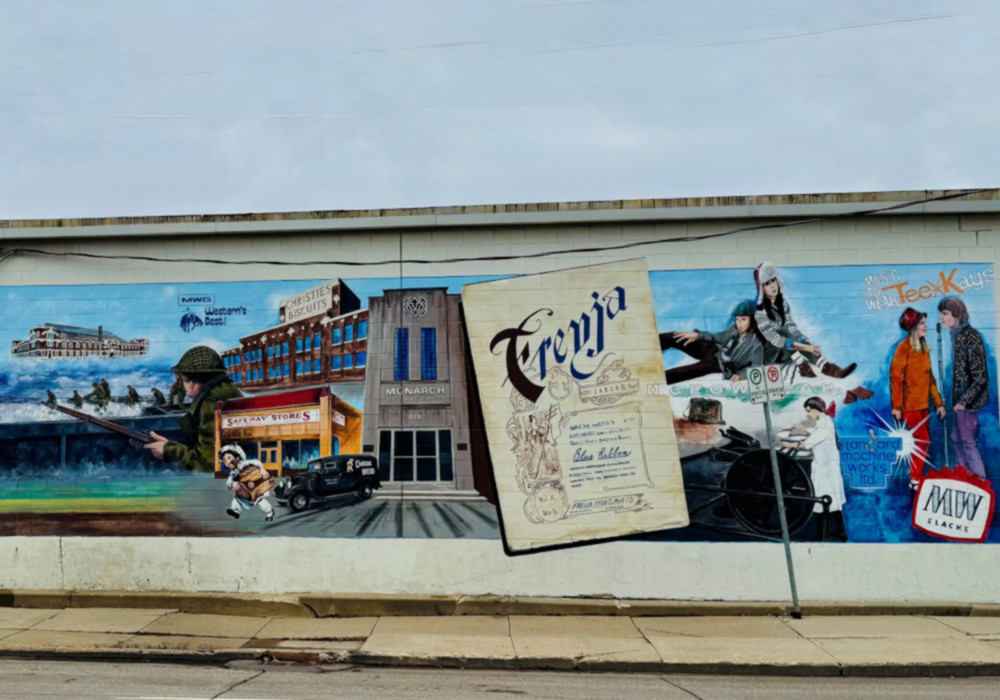The Town of Dalhousie has been through some very distinct periods between its founding in 1825 and today. Prior to 1825, few showed much interest in the northern part of the province, but in that year the Great Miramichi Fire raged through central New Brunswick and into Maine, destroying the forests that were the mainstay of the province’s economy. Lumbermen looked north to the great pine stands of the Nipisiguit and the Restigouche.
Dalhousie, located at the mouth of the Restigouche, began to grow. Soon it was a booming town and became the Shiretown of the newly created Restigouche County. Lumber and fishing were the main interests, although agriculture was more important in the early days than it is today.
Dalhousie was the leading town of the area until the arrival of the railway following confederation. With steep hills at its back, the Intercolonial Railway (ICR) bypassed the town while its nearby rival, Campbellton, surged ahead. That would be the situation until the late 1920s, when Dalhousie was picked as the site of a giant paper mill. The International Paper Company built what was then one of the largest newsprint mills in the world and the town changed forever. From 1929 on, the mill would dominate life in Dalhousie.
Parents of some of our older citizens would tell their children that, in some ways, it was a better town before the mill. Certainly the mill is one of the town’s most imposing features. It occupies much of one side of the main street, blocking access to and even views of the shore. Dalhousie has been called “a waterfront town without a waterfront.” The mill also meant that the town had a high average income. It brought a new and different kind of prosperity. Still, Dalhousie was in the situation of many one-industry towns – dependent on the success of that one main sector of its economy.
Dalhousie is unique among New Brunswick towns in several ways: it’s the farthest north; it is dominated visually, economically and socially by a mill; in no other town has a hill so influenced the landscape. This is the Dalhousie story – the story of a papertown.


